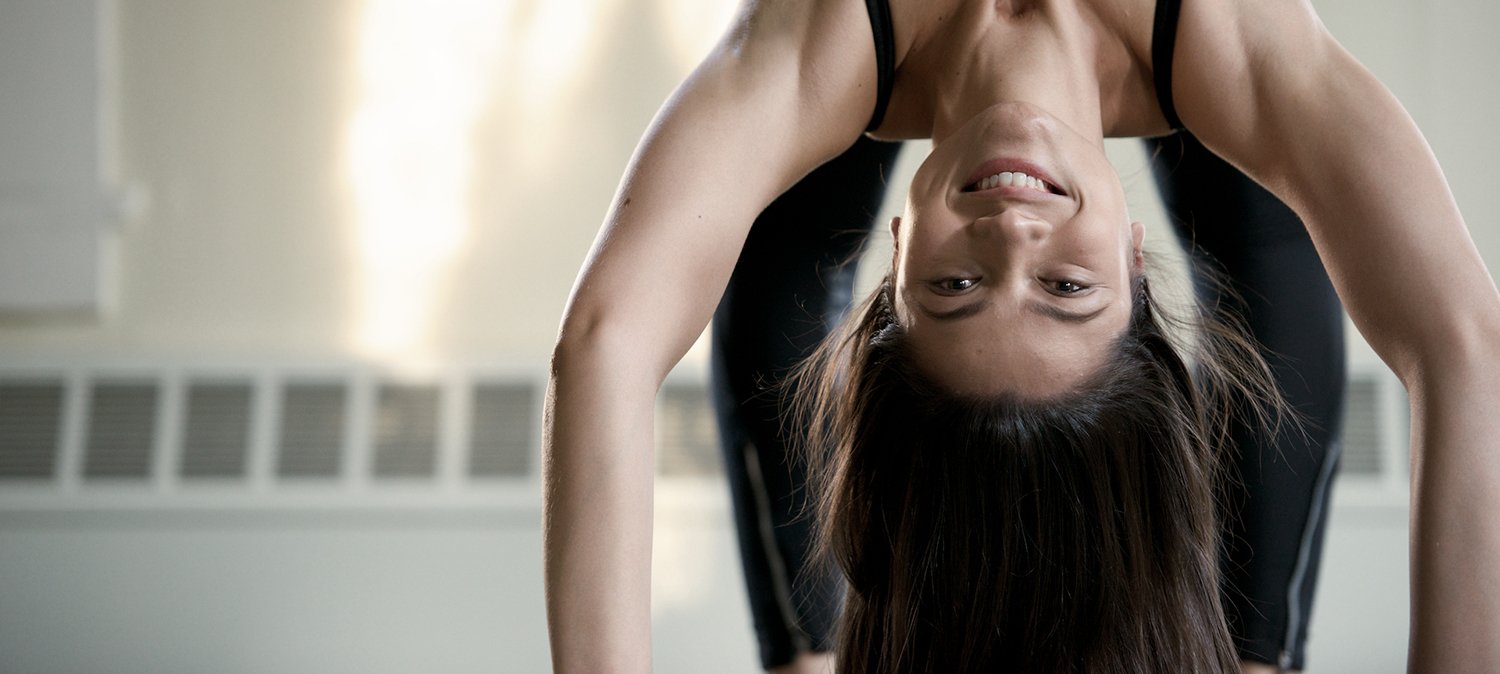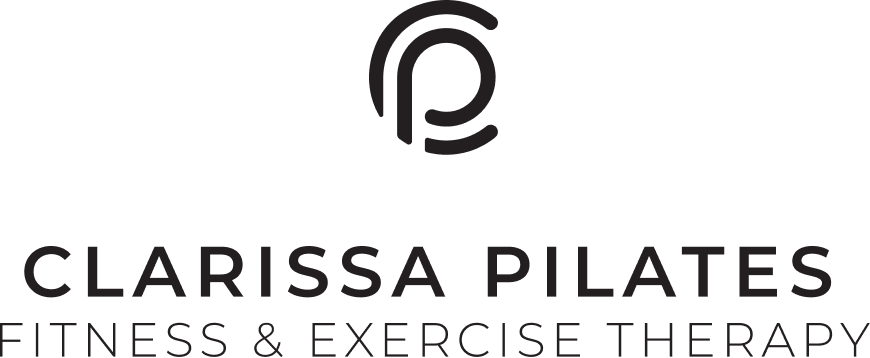
Exercise Therapy
Return to your favorite activities
I understand your need for high quality care and instruction
Having suffered and recovered from poor posture as well as knee, spinal and pelvic trauma myself, I understand the need for high quality care and instruction in order to quickly return to activity and pain-free living. The result is improvement in fitness, posture and overall joint function as well as healthier movement patterns so that you can move better, enjoy your favorite activities and experience daily living with ease.
What can Pilates as Exercise Therapy do for you?
-
A specialized Pilates program combined with neuromuscular pattern retraining can help you identify and correct misalignment, imbalances as well as movement patterns that may be contributing to your pain. As we retrain the body toward finding better alignment, balance and more mobility we begin to notice great improvement in posture and movement pattern helping you stand and move with more ease throughout your daily living. The result is often less to no pain, higher energy levels and more strength to perform the activities you enjoy.
-
Prolonged times of sitting, standing or being in bent over positions cause postural shifts that affect our head and pelvic alignment leading to muscular imbalances, compression, weakness, tightness, poor movement patterns and often pain. Likewise, excessive load on the joints through high impact activities lead to faster wear and tear, imbalances, stiffness and tightness which also affect our posture. Maintaining an ongoing practice of postural corrective exercises will improve how you sit, stand, walk and move throughout your day.
-
More important than properly caring for an injury is preventing one in the first place. Leading an active life style or just maintaining a regular exercise practice increases our overall risk of injury and strain. Likewise, a sedentary lifestyle leads to weakness and imbalances that increase our risk of injury during basic daily tasks as well as our chances of falling. Committing to a function-based Pilates program will help reduce such risks as well as ease the discomforts that commonly result from misalignment, strain, and imbalances.
-
Once injury has occurred, because of the pain and weakness in the affected area, other areas of the body become strained resulting in continued pain, discomfort and weakness even after the injury has healed. To avoid unhealthy mechanisms of compensation, it is very important to maintain your overall fitness as much as possible through a safe and strategic exercise program that won't aggravate the injury all while minimizing its effects on the rest of the body. As pain subsides, strengthening the injured area takes priority in order to increase range of motion, muscle tone and strength.
My Exercise Therapy programs are unique to each individual and designed with a wholistic approach, addressing the whole body as a unified system. It can make all the difference toward living in a body that feels strong and capable.
Pain in the body comes in many forms and due to many reasons such as from an injury, trauma, poor posture, lack of mobility, wear and tear, muscular imbalances, poor movement patterns, misalignment and spinal compression. If you’re human, you may have already or will at some point experience one or some of the above, regardless of activity and fitness level. Having access to a specialized Pilates program combined with functional training and neuromuscular pattern retraining that is designed for your unique body and lifestyle can help you stay active despite injuries and physical limitations. This can make a big difference on how you feel during and after the activities you enjoy as well as how young you feel.
Insurance
Your insurance may fully or partially reimburse you for Pilates as Exercise Therapy. For more information on how I may work with your insurance, please contact me.
Whether in person, virtual or on demand you can count on:
+ Strategic selection of Pilates and Pilates based exercises
+ Movement pattern retraining
+ Proprioceptive neuromuscular facilitation
+ Functional training specific to the activities you enjoy
+ Active release technique
+ Functional training specific to the injured area
+ Active range mobilization
+ Compensation strategies for daily activities
+ Corrective strengthening techniques
+ Maintenance regime


